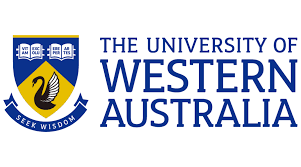University of Western Australia: Finding the geological Goldilocks zone for rare green metals
A new study by researchers from The University of Western Australia shows that the presence of temperature-dependent pulsating valves located at the base of the Earth’s crust intermittently allow green metals to pass upwards to shallower levels.
Professor Marco Fiorentini, from the Centre of Exploration Targeting in the School of Earth Sciences at UWA, is co-author of the study published in Nature Communications.
Professor Fiorentini said the metals – essential in the manufacturing of green technology such as battery storage devices, solar panels and wind turbines – were largely stored in the mantle of our planet at depths inaccessible to direct exploration.
“Fortunately, every now and then nature does most of the hard work for us,” he said.
“At times, green metals are extracted from the deep mantle and transported into the overlying shallower crust through the formation and build-up of large volcanic edifices.”
But Professor Fiorentini said the journey of these metals to their final deposition site was long and uncertain.
“In order for these valves to open, the ambient temperature at the base of the crust needs to be within a very tight temperature range,” Professor Fiorentini said.
“If the temperature is either too hot or too cold, these valves remain shut and metals cannot pass through.
“And at various stages the metals can be lost on the way, becoming trapped at the interface between the mantle and the crust, before they can be found and mined.”
The finding sheds light on the planetary cycle of metals and will allow mining companies to carry out more targeted exploration, lowering the environmental footprint associated with the discovery and extraction of green metals.

